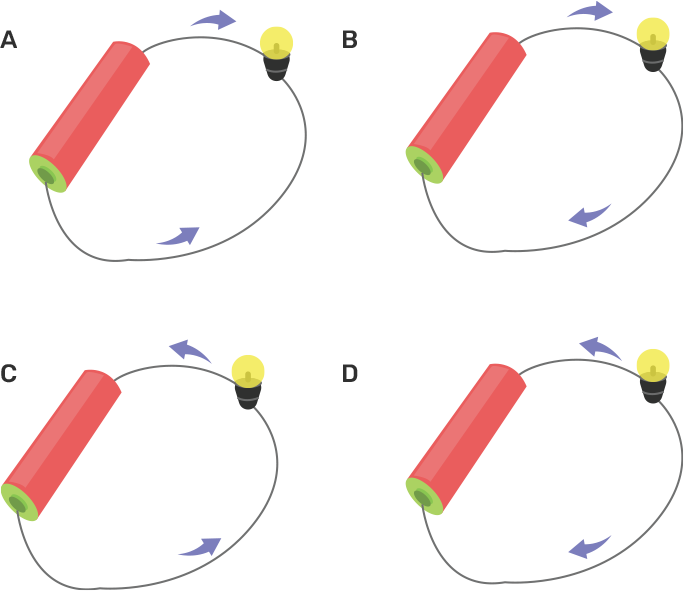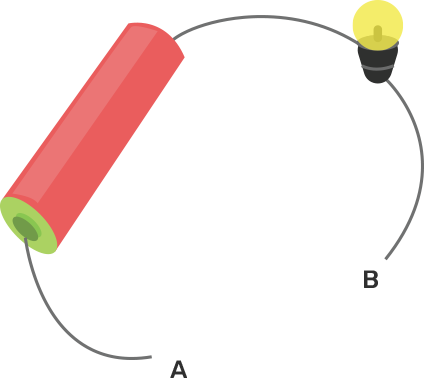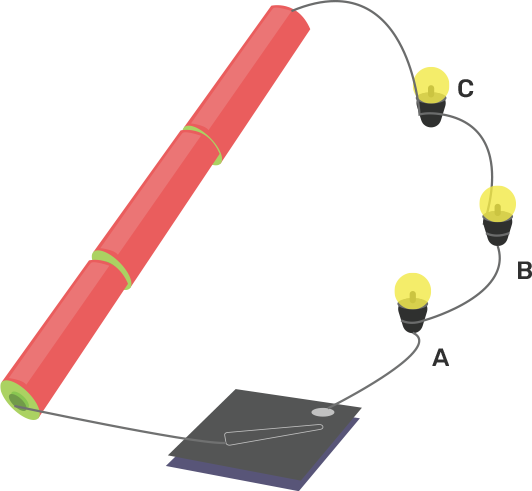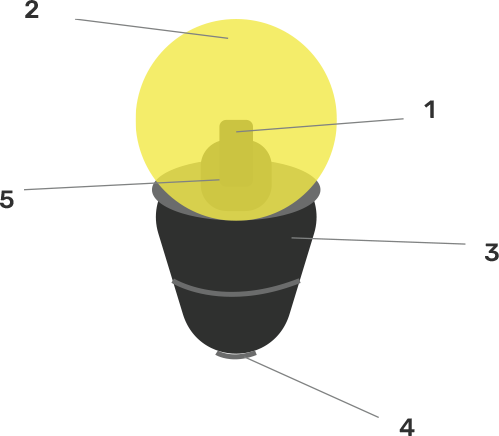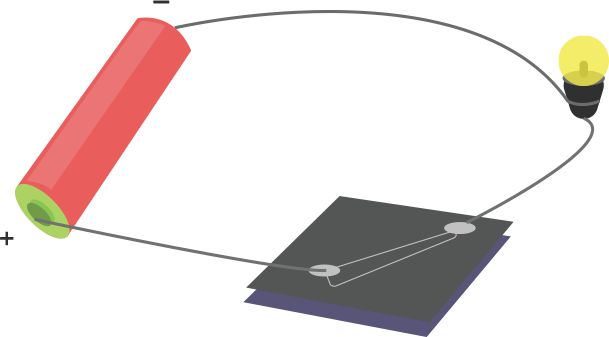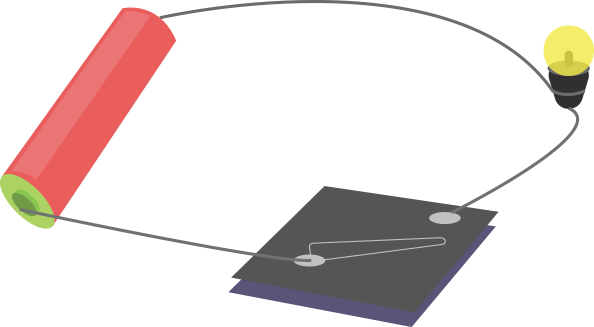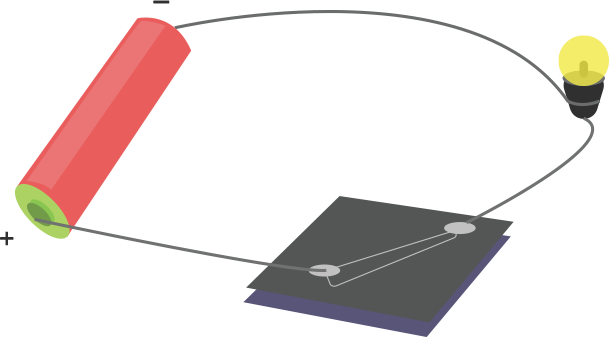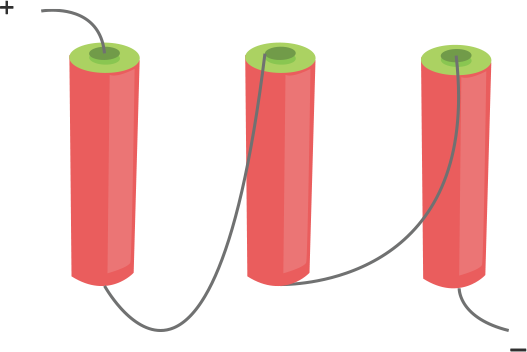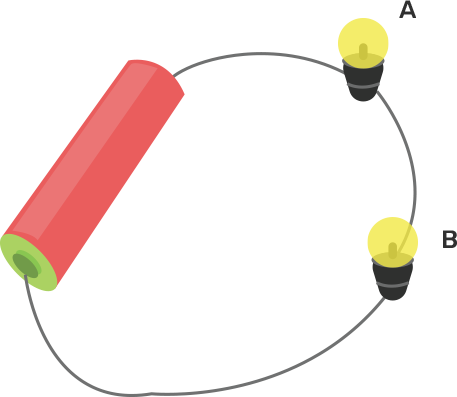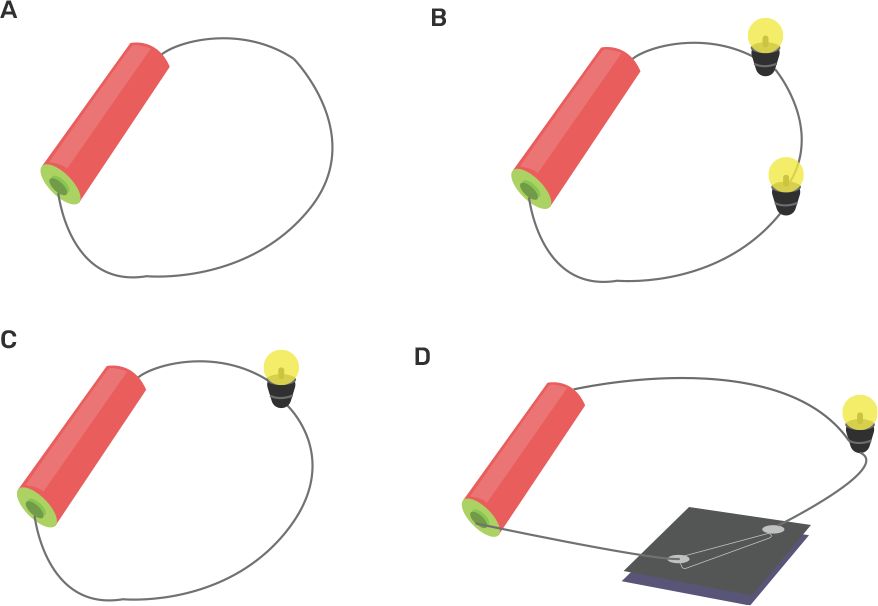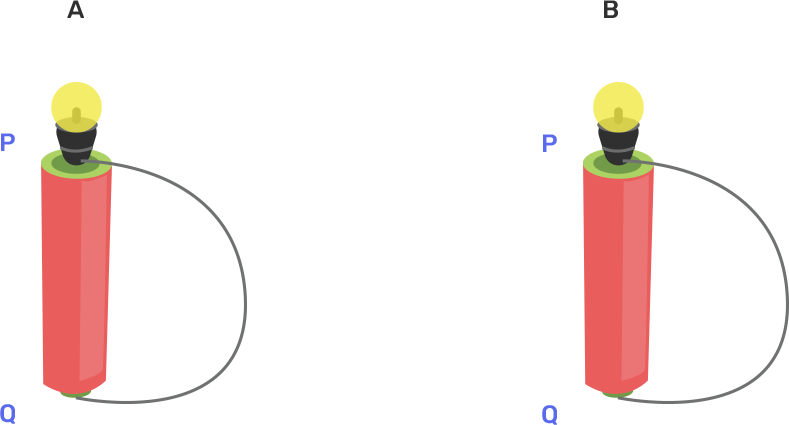Class 6 Science NCERT Exemplar Solutions Chapter 12 Electricity and Circuits
FAQs on NCERT Exemplar for Class 6 Science Solutions Chapter 12 Electricity and Circuits
1. How effective is it to use NCERT Exemplar Solutions for CBSE Exams?
NCERT Exemplars are well-designed study guides that include additional questions of a higher level of difficulty and are intended to assist students in gaining a thorough understanding of the subjects they are studying.
Students studying for the CBSE Board exams will benefit from these practice materials, which are essential textbooks. Students studying for the JEE mains and JEE advanced exams may also find this NCERT Exemplar useful. It is available for free online and can be accessed by anyone.
2. What distinguishes Vedantu's NCERT class 6 solutions from others?
The following are some distinguishing characteristics that set Vedantu NCERT Class 6 science solutions apart from the competitors in the market:
There are a lot of solutions that offer important definitions as well as drawings and graphics to help students better grasp the concept being taught.
All of the solutions have been carefully selected in accordance with the CBSE Board's requirements.
By using creative design to provide the solutions that are presented and mock question papers, learning is made easier.
3. Is Science in Class 6 a simple subject?
Science in Class 6 is a new subject for all students, and as a result, several topics are being introduced. So, if you can grasp the concepts, science can be the most simple of all subjects to learn and master.
You will find it easy to comprehend and perform well on tests if you refer to NCERT Exemplar Class 6 Science Solutions supplied by Vedantu.
Vedantu gives NCERT Solutions, which are a great resource for students who are studying for school tests and exams. A comprehensive set of NCERT Solutions for Class 6 Science, prepared by Vedantu, provides solutions to all of the chapters' exercise problems.
The NCERT solutions for class 6th Science chapter 12 cover all the fundamentals of:
An Electric cell
A bulb
An electric circuit
Electric switch
Electric Conductors and Insulators
It starts with a broad overview, then moves on to the operating principles of each topic. You will learn how to construct such circuits and switches.
NCERT Exemplar Class 6 Science Solutions makes certain that you have all of the knowledge you need on all of the aspects covered in the chapter.
Chapter 12 Electricity And Circuits of Class 6 Science has an aggregate of 10 questions.
Solutions are clear and easy to follow, making them accessible to all levels of expertise. Most of the solutions are supported by illustrations and diagrams. It helps the students to comprehend electricity and circuits in a truly methodical manner. You will be better prepared for any kind of relative exam if you go through the crucial introductory concepts.
























